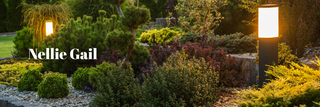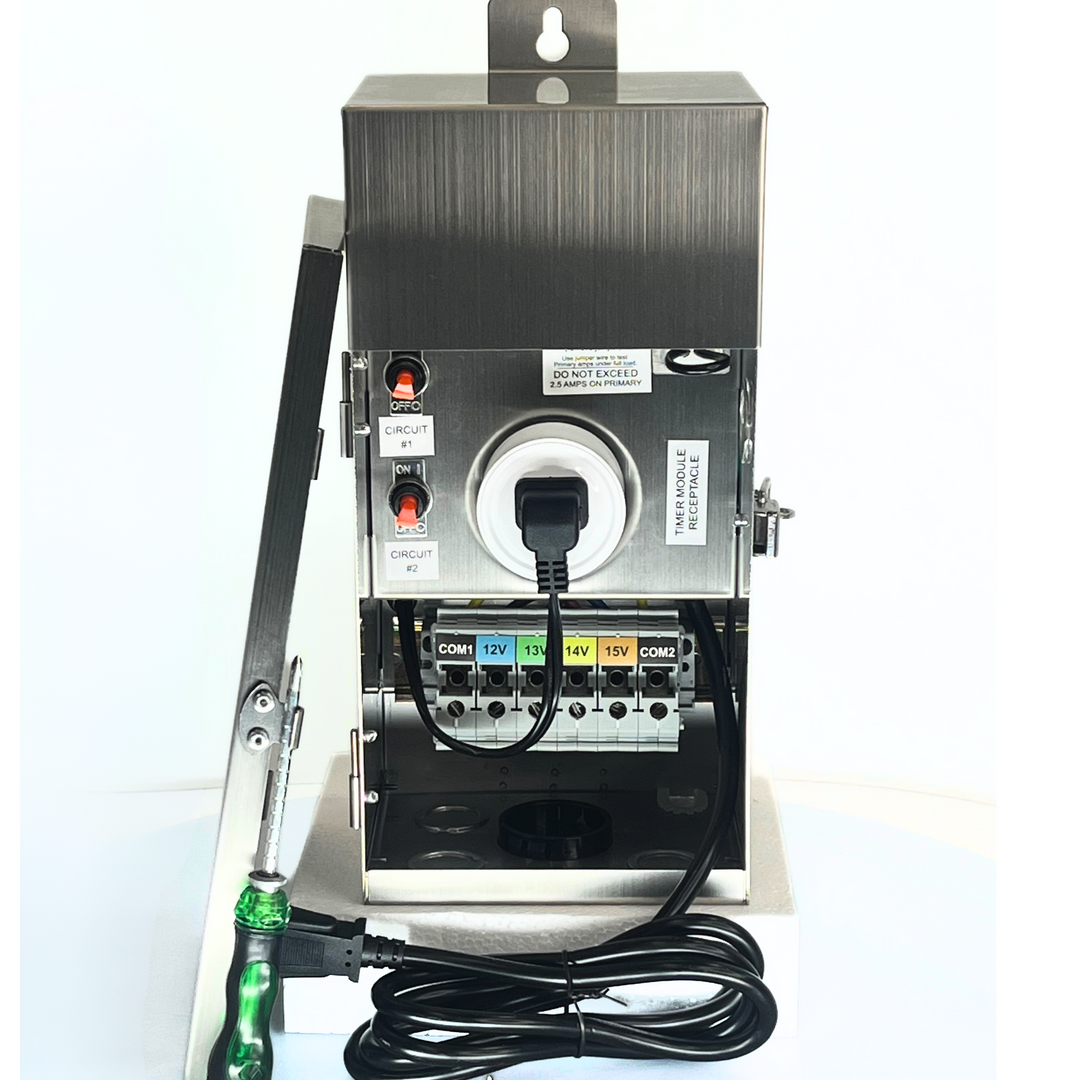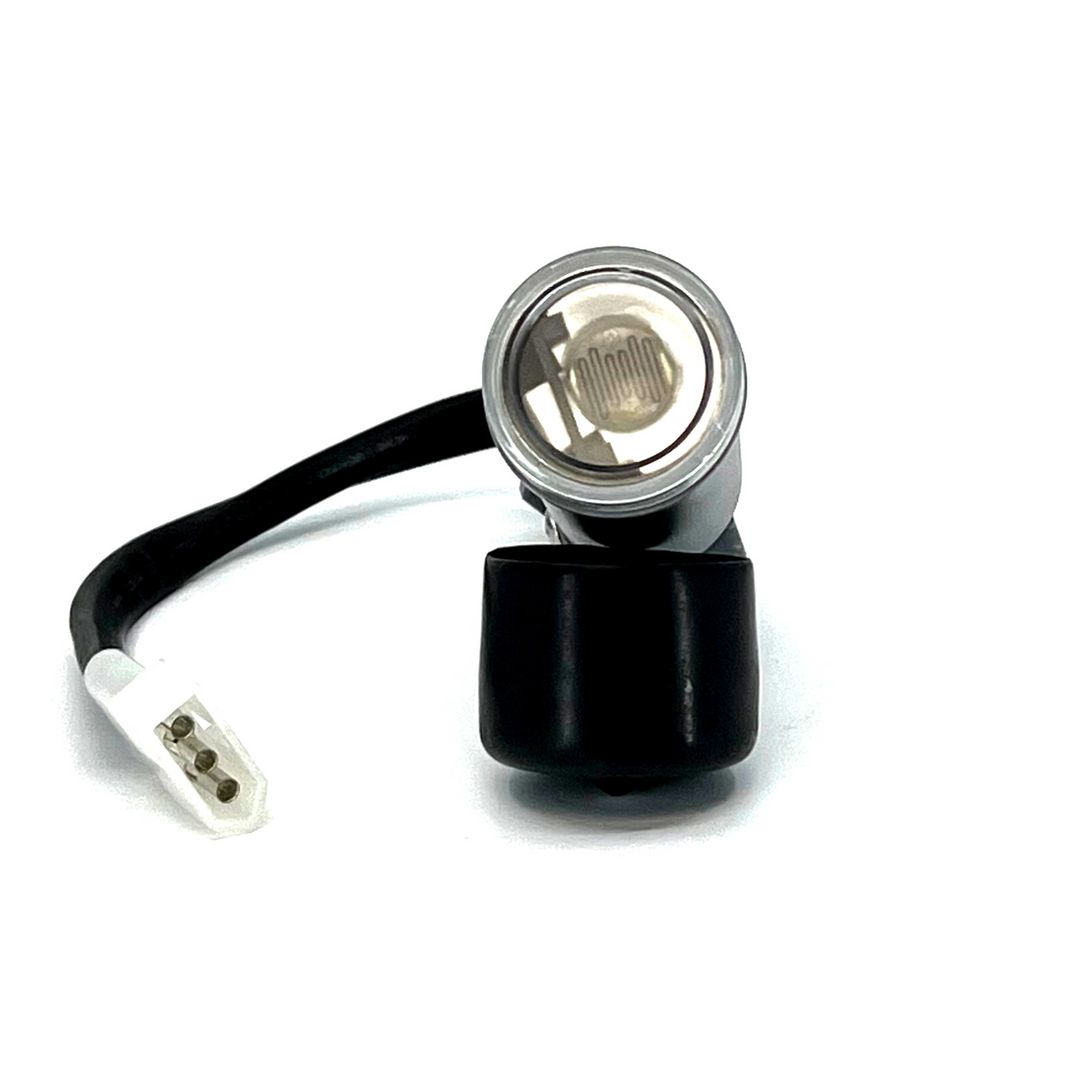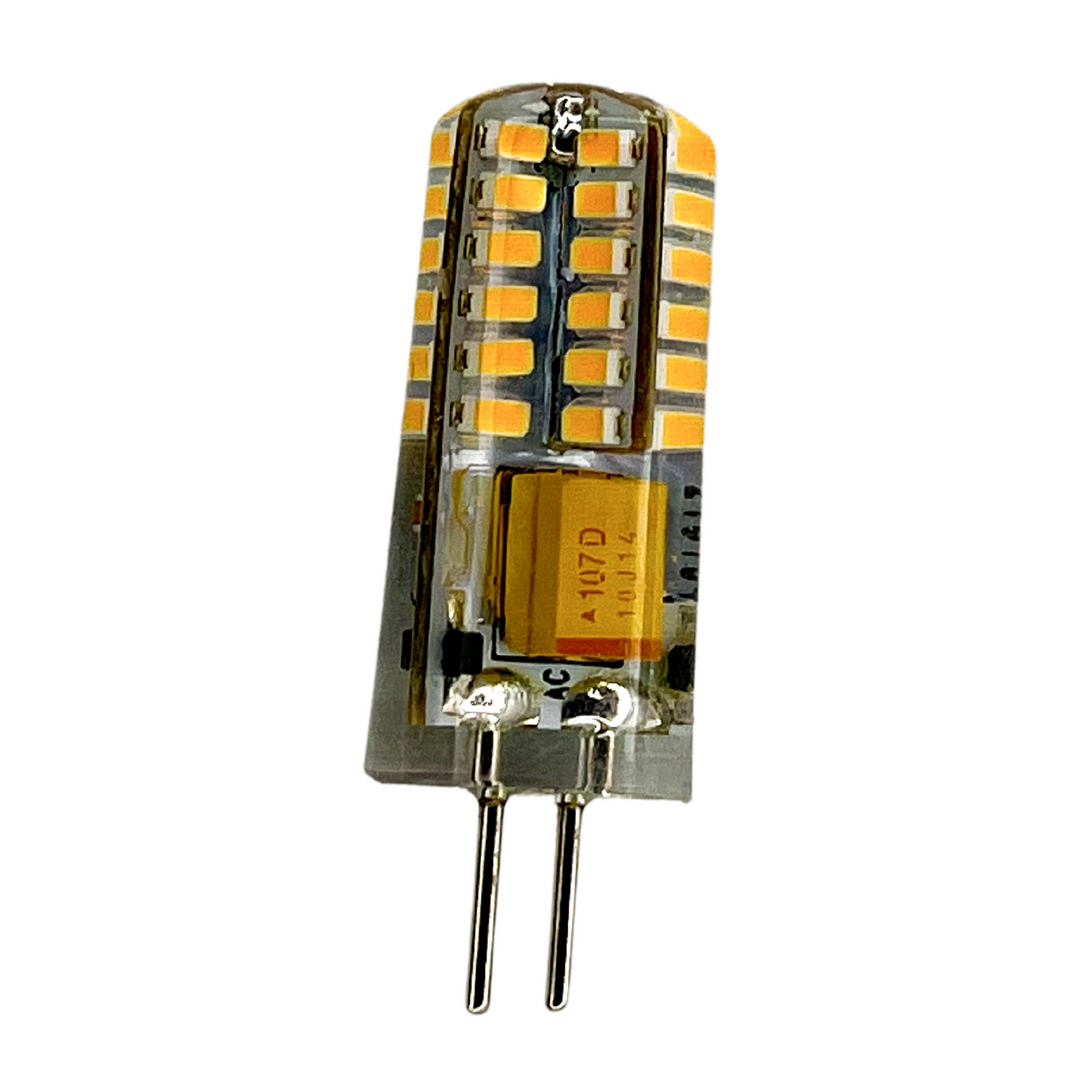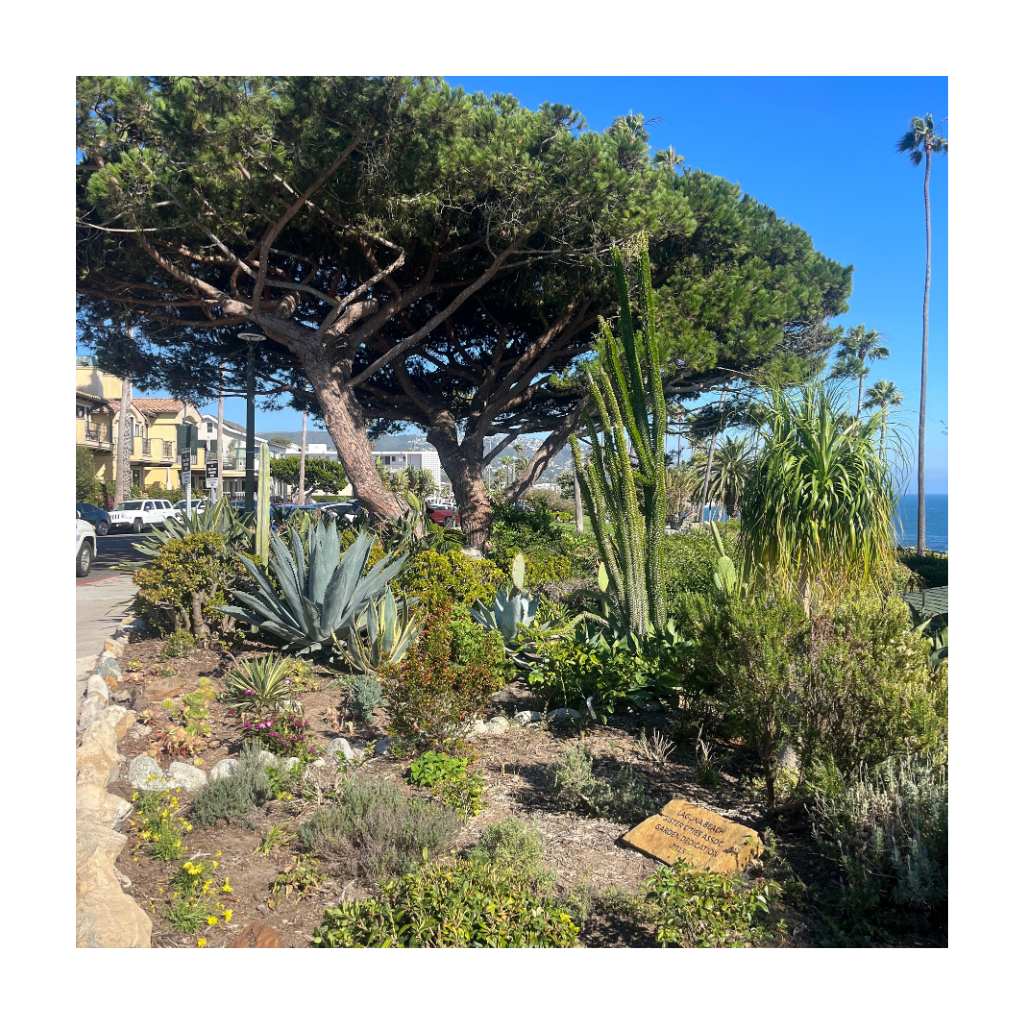
Buying Guide: Landscape Lighting Photocells
|
|
Time to read 5 min
So, you’ve decided to invest in landscape lighting for your outdoor space. Congratulations! Installing proper lighting can greatly improve the look and feel of any area, while also increasing safety and security. But before you go buying lights willy-nilly, let’s take a look at one of the most important parts of landscape lighting: the photocell.
What Is a Photocell?
A photocell (also known as a light sensor) is an electrical device that senses light and can be used to control the amount of light in a given area. It works by converting incident lights into electrical energy, which is then measured and controlled using circuitry. Photocells are commonly used in street lights, LED signs, and security systems to control their brightness.
In the context of landscaping, homeowners incorporate photocells into their property's lighting system to give it the ability to seamlessly turn on and off between night and day. These devices can be installed with a wide variety of fixtures and the sensitivity of the cell can be adjusted to account for seasonal variations in sunlight.
How Photocells Work
A Photocell generally consists of two components - a photosensitive element and an electrical circuit. The photosensitive element is usually made from silicon, selenium, or cadmium sulfide. It detects the incident light and generates a voltage when exposed to it. The electrical circuit then measures this voltage and uses it to control the amount of power passing through the system, thus controlling how much light is emitted.
Resolving Common Points of Confusion About Photocells
Let's dive deeper by addressing some of the most common questions homeowners ask before buying photocells for their property:
Are Landscape Lighting Photocells Any Different from Regular Photocells?
Although they all work by using semiconductor-based technology, photocells are not one and the same. They range in size, type and purpose. Specifically, landscape lighting photocells are made to be used outdoors and measure light levels in order for outdoor lights to turn on at twilight or dusk and off at dawn. Regular electrical photocells can also be used outdoors but are generally better-suited for and will last longer in industrial environments.
Photocells vs. Motion Sensors vs. Timers: What's the Difference?
A trifecta of confusion for many homeowners, photocells, motion sensors, and timers have a similar role in landscape lighting - they each control it in one way or another. But, what's the difference between the three?
Photocells
Photocells are used to detect changes in light levels within an environment. The 'photo' in photocell stands for 'light', and cells are electrical components designed to detect light. Both elements work together to control illumination based on how bright it is outside.
Motion Sensors
Motion sensors detect physical movement; they activate when somebody or something moves into the sensor's field of vision. While photocells measure incoming light, these devices either emit beams of infrared light or detect changes in sound waves to detect their environmental triggers.
Timers
Timers are preset clocks that automatically switch on and off at specific times throughout the day or night. They can be used in combination with other devices to provide a greater level of control over lighting. For instance, timers can be set to turn on the outdoor lights during certain hours and then have motion sensors activate them for additional safety when it's dark outside.
Do LED Lights Work With Photocells?
Many photocells are designed to work with LED lights, but it is important to make sure the wattage capabilities of your system match those of the LED lights you wish to install. The photocell should be able to handle the wattage of all the LED lights connected to it. Additionally, if your system uses a transformer or dimmer, make sure that they are also compatible with LED technology.
Does a Photocell Need a Light Switch?
No - that's the beauty of investing in them. Photocells are specifically intended to work automatically, meaning no human intervention is needed for them to do their job. It's simply a matter of choosing the right device, installing it properly, and configuring the settings as you wish.
Buying the Right Landscape Lighting Photocell
With the above questions answered, you should now have a better idea of the benefits of photocells and whether they’re right for your landscape lighting system. But don't go shopping just yet - while full of potential, these devices aren't foolproof. It's important to keep several factors in mind when searching for and before buying any product.
Take a look at these best practices:
Do Your Research
It's important to find out which brands and models are on the market, where you can buy them, how much they cost, and what their features are. Check online reviews as well as customer feedback from people who have used the product before you.
Pay Attention to Specs
Look for details regarding wattage, amperage, voltage compatibility, and operating temperature range - all of which can affect performance and determine whether or not it's compatible with your system.
Most photocells are rated for outdoor use but may not be waterproof so check to make sure it has an appropriate IP rating.
Consider the Warranty
Many photocells come with a warranty, although some are longer than others. In almost all cases, a longer warranty is indicative of a higher quality product.
Keep Installation In Mind
This next tip is especially crucial if you're new to photocells or purchasing a replacement unit. Make sure that the product you're buying is compatible with your system and easy to install. Many more advanced models may require professional installation or wiring, so research this ahead of time as well.
Don't Skimp on Quality
It's always tempting to look for the cheapest option, but remember you get what you pay for when it comes to landscape lighting products. Investing in a quality product made from durable materials can save you both money and headaches down the line.
Product Recommendation
If you're looking for somewhere to start your browsing journey, we recommend checking out this product right here. The Top-Notch™ Photocell Auto on/off Dusk to Dawn Landscape Light Sensor is a robust and precise light measuring device designed to offer easy plug-in installation and long-lasting performance. As a Top Notch product, you can rest assured in its professional grade accuracy and functionality.
Photocells are a small but fascinating part of landscape lighting and can make all the difference in creating a welcoming, safe environment for your home or business. With these tips - and expert advice from Top Notch - you’ll be well on your way to choosing the right photocell for any of your outdoor lighting needs. Happy exploring!






